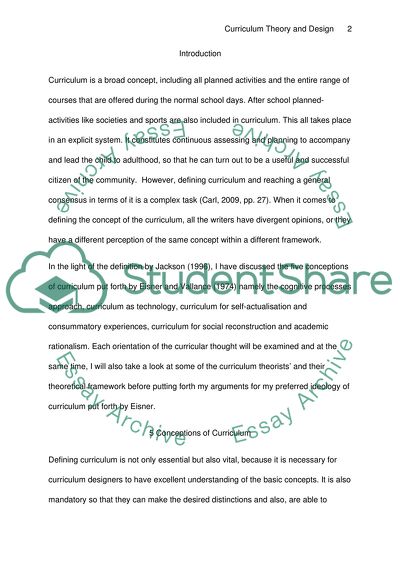Cite this document
(Curriculum Theory and Design Assignment Example | Topics and Well Written Essays - 3000 words - 1, n.d.)
Curriculum Theory and Design Assignment Example | Topics and Well Written Essays - 3000 words - 1. Retrieved from https://studentshare.org/education/1750086-curriculum-theory-and-design
Curriculum Theory and Design Assignment Example | Topics and Well Written Essays - 3000 words - 1. Retrieved from https://studentshare.org/education/1750086-curriculum-theory-and-design
(Curriculum Theory and Design Assignment Example | Topics and Well Written Essays - 3000 Words - 1)
Curriculum Theory and Design Assignment Example | Topics and Well Written Essays - 3000 Words - 1. https://studentshare.org/education/1750086-curriculum-theory-and-design.
Curriculum Theory and Design Assignment Example | Topics and Well Written Essays - 3000 Words - 1. https://studentshare.org/education/1750086-curriculum-theory-and-design.
“Curriculum Theory and Design Assignment Example | Topics and Well Written Essays - 3000 Words - 1”, n.d. https://studentshare.org/education/1750086-curriculum-theory-and-design.


